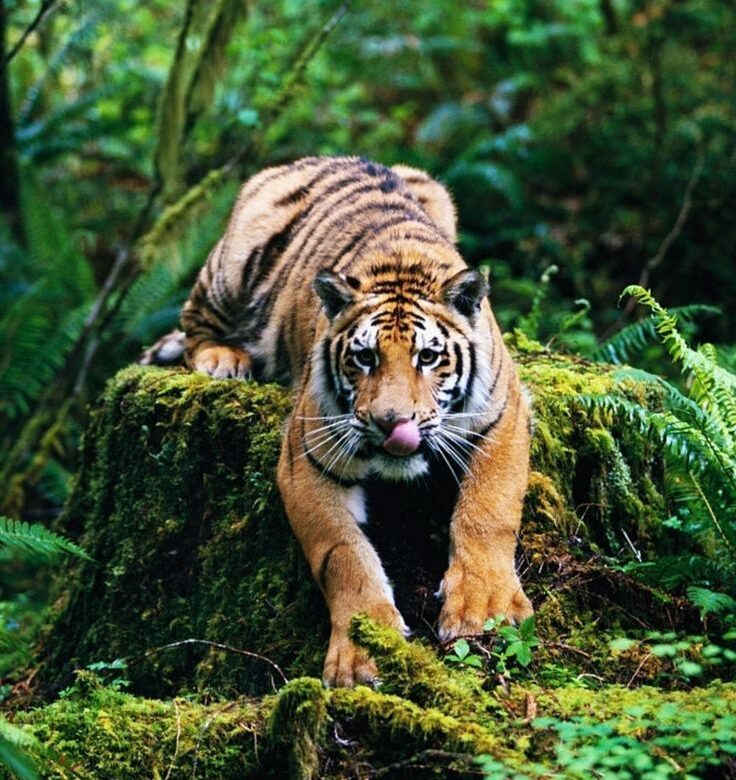The Bengal Tiger

The Bengal tiger, a magnificent apex predator, is an iconic symbol of India and a cornerstone of its rich biodiversity.
Renowned for its striking orange coat adorned with distinctive black stripes, this majestic creature commands awe and respect. Let’s delve into the fascinating world of the Bengal tiger.
Physical Attributes
- Size and Weight: Bengal tigers are among the largest cat species. Males can reach lengths of up to 3 meters (10 feet) and weigh around 225 kilograms (500 pounds), while females are slightly smaller.
- Stripes: Each Bengal tiger possesses a unique stripe pattern, as distinctive as human fingerprints. These stripes aid in camouflage, helping them blend seamlessly into their environment.
- Powerful Build: Their muscular bodies, sharp claws, and powerful jaws are perfectly adapted for hunting and overpowering prey.
Habitat and Distribution
Bengal tigers primarily inhabit the Indian subcontinent, including India, Bangladesh, Nepal, Bhutan, and parts of Myanmar. They thrive in a variety of habitats, such as grasslands, forests, mangroves, and swamps. However, due to habitat loss and human encroachment, their range has significantly declined over the years.

Diet and Hunting
As apex predators, Bengal tigers occupy the top of the food chain. Their diet primarily consists of large ungulates, including deer, wild boar, and gaur. They are solitary hunters, relying on stealth and ambush tactics to capture their prey.
Social Behavior
Bengal tigers are generally solitary animals, except for females with cubs. They establish large territories, which they mark with urine, scratches, and roars to deter intruders.
Conservation Status
Sadly, the Bengal tiger is classified as an endangered species. Habitat loss, poaching, and human-wildlife conflict are the primary threats to their survival. Numerous conservation efforts are underway to protect these magnificent creatures and their habitats.
Interesting Facts

- Bengal tigers are excellent swimmers and can often be found crossing rivers and swimming in water bodies.
- White tigers are a rare genetic variant of the Bengal tiger, characterized by their white fur and blue eyes.
- Tigers play a crucial role in maintaining the ecological balance of their ecosystem by regulating prey populations.
In Conclusion
The Bengal tiger is a breathtaking creature that embodies the wild spirit of the Indian subcontinent. Protecting these magnificent animals is essential for preserving our planet’s biodiversity. By raising awareness and supporting conservation initiatives, we can help ensure the survival of this iconic species for generations to come.














Post Comment